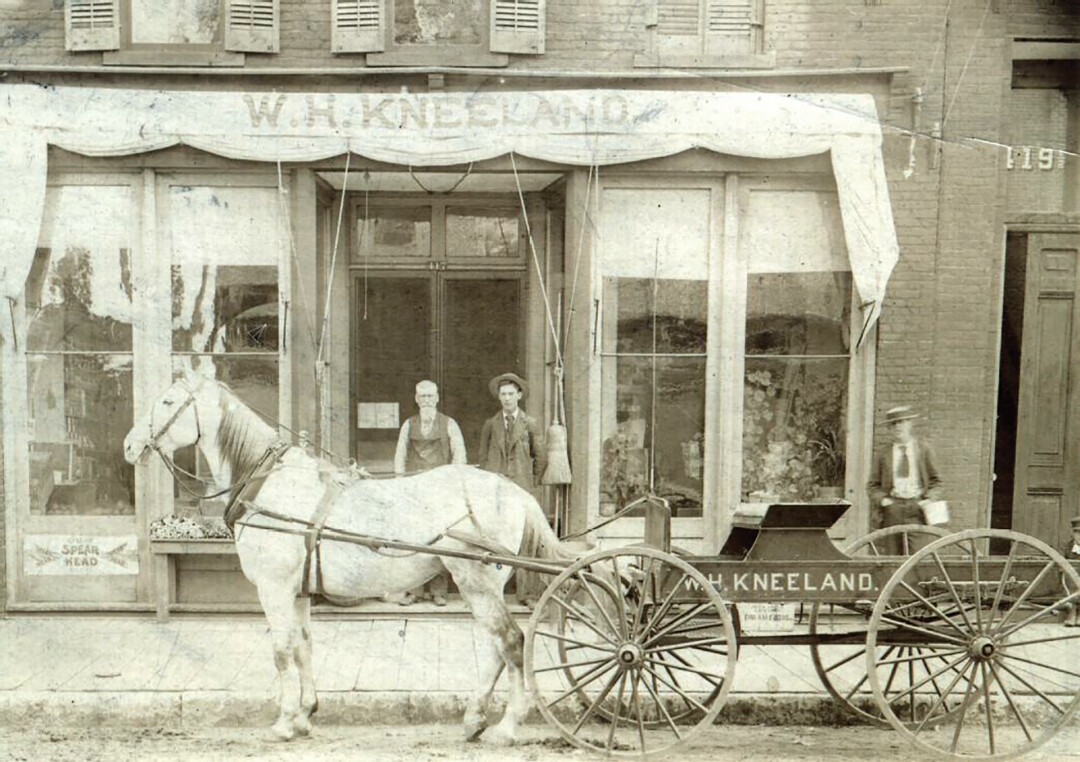Where Do You Bury Your Horse When It Dies? A Look Into E.C.’s Horse Cemeteries
Ghouls Hollow is more than just a bizarre place in Eau Claire – it's a resting place for trusted steeds of the past

A couple months ago, while poring over my favorite historical map at the Chippewa Valley Museum, I ran across a site on the university campus labeled “Ghouls Hollow.” Naturally, I had to investigate.
What I uncovered led me into the strange world of the Horse Cemeteries of Eau Claire’s Past. An editorial from the Leader-Telegram dated June 5, 1873, lamented the “dismal ditch” at the eastern end of Water Street, where residents were disposing of dead horses.
The writer suggested a name for the site – Ghouls Hollow – which stuck. Eleven years later, an article mentioned the horse cemetery: As the editor of the paper was walking across the Water Street Bridge, the wind took his hat.

He later recovered it “a short distance above Ghouls Hollow.” The Dec. 17, 1874, edition of the paper includes another editorial scolding residents for the “exposure of a dead horse at the lower end of Third Avenue, near the Niagara House.”
It just so happens the Niagara House was across the river from the mouth of Little Niagara Creek, which – of course – placed it in the area of Ghouls Hollow. If you’re looking for something spooky to do this Halloween, might I suggest a walk along the Chippewa River, beginning at Owen Park and heading south?

You may find yourself haunted by the ghosts of horses of the past. And, next time you’re at the Pablo Center at the Confluence, you might also think of Mike Smith – owner of a livery stable – who ran into trouble with the law when he buried three horses on that spot in 1880. We wouldn’t recommend you do that in 2021, of course.
Jodi Kiffmeyer is an archivist at the Chippewa Valley Museum. To check out more about the history of the Valley, visit cvmuseum.com.


















